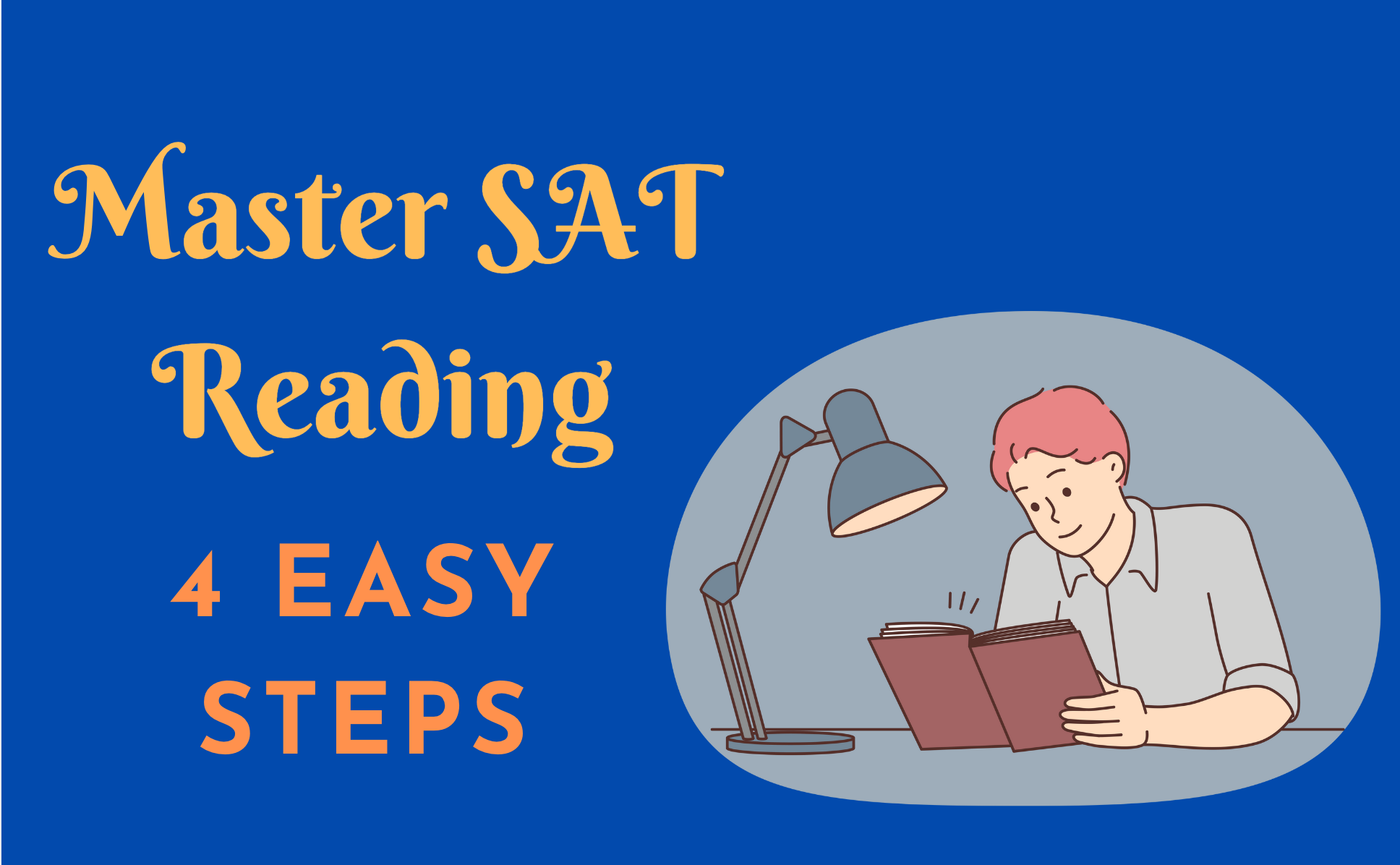Digital SAT Function Questions: Understanding the Roles of Sentences
Author
Phoenix Wilder
Date Published

As you grow more confident with Digital SAT Reading, you may find that understanding overall passage purpose and main ideas comes more naturally. Yet, function questions—those that ask about the specific role of a single, underlined sentence—can still present a challenge. You might clearly comprehend what a sentence means, but figuring out what job it performs within the passage can be trickier.
Imagine you’re reading about a scientific study, and one sentence mentions the precise percentages of different metals in an alloy. If asked the function of that sentence, is it listing components, giving evidence, or explaining manufacturing? Correctly identifying a sentence’s function comes down to analyzing how that sentence connects to, builds on, or supports its surrounding context. With practice, this essential SAT skill becomes much more manageable.
What Are Function Questions?
Unlike questions about the author’s overall purpose, function questions zoom in on one detail: What exactly is the underlined sentence doing in its specific passage location? Once you learn how to spot the most common types of functions, these questions become systematic and straightforward.
A Step-by-Step Method for Function Questions
1. Read and Recognize: Function questions will usually include the word “function,” making their intent clear.
2. Consider the Full Context: Read the passage, focusing especially on the sentences right before and after the underlined one.
3. Analyze the Connection: Ask yourself, how does the underlined sentence relate to its neighbors? Is it supporting, introducing, explaining, or serving as a bridge between ideas?
4. Predict the Function: Before looking at answer choices, try to label the sentence’s role (using the common types below).
5. Review Answer Choices: If you’re unsure after prediction, examine the four options. Don’t reread the passage aimlessly—use targeted analysis.
6. Evaluate and Eliminate: Discard choices that misdescribe the sentence’s content or role. Only eliminate options if you’re certain they’re wrong.
7. Double-Check Context: If you feel confident in your choice, quickly reread the relevant section to confirm the answer matches the sentence’s function.
8. Compare if Undecided: Stuck between two similar options? Pinpoint exactly how they differ, then look back at the passage for evidence that supports one over the other.
9. Select the Best Fit: Choose the answer that best captures the role of the underlined sentence.
Pro Tip
Becoming adept at predicting the function before reviewing choices will save significant time and boost your accuracy.
The 9 Most Common Sentence Functions
Almost every function question will ask about one of these jobs:
1. Introduction: Introduces the topic or main idea.
2. Definition: Explains a key term or concept.
3. Elaboration: Clarifies, expands upon, or further details a statement just made.
4. Method/Design: Describes procedures, research methods, or experimental setup.
5. Connection/Transition: Bridges previous and following ideas, often linking paragraphs.
6. Findings/Results: Presents outcomes or conclusions of studies.
7. Example: Illustrates a general idea with a specific instance.
8. Context/Background: Supplies historical or situational background to aid understanding.
9. Summary/Conclusion: Concisely restates the overall point or wraps up the passage.
While sentences can occasionally have other nuanced roles, these types appear repeatedly and are vital to recognize.
Sample Function Question Walkthroughs
Example 1
A multi-year investigation by sociologist Dr. Lena Petrova examined the relationship between participation in neighborhood volunteer groups and residents' reported levels of civic trust. Between 2018 and 2022, Petrova's team tracked 500 inhabitants of diverse city districts with differing availabilities of local volunteer opportunities. Individuals, whose neighborhoods were categorized based on the density and variety of volunteer organizations, completed semi-annual surveys measuring their trust in local government and neighbors. The research concluded that citizens with more frequent engagement in volunteer activities expressed higher degrees of civic trust.
Question: What is the function of the underlined sentence within the overall text?
A) Summarizes the key conclusions of the investigation.
B) Emphasizes the study’s main finding.
C) Details the specific methods used to collect data for the study.
D) Counters a potential methodological weakness.
Analysis:
The underlined sentence explains how the data were gathered: neighborhoods were categorized, and trust measured through surveys. It’s describing research methods.
• (A) refers to the conclusion, which follows later—incorrect.
• (B) tries to reference the main result—but that’s the final sentence.
• (C) directly and accurately describes the function.
• (D) talks about critique, which the sentence doesn't do.
Correct answer: C.
Example 2
Camouflage, the art of blending in, serves many creatures. Octopuses dynamically alter skin pigment to match seabeds. Certain lizards mimic tree bark coloration to evade detection. Snowshoe hares, in contrast, undergo seasonal molting, changing their fur from brown in summer to white in winter for concealment in varying landscapes, a physiological adaptation rather than behavioral mimicry. Arctic foxes also display seasonal coat changes, unlike the lizards' static camouflage.
Based on the underlined sentence, a function question might ask if this sentence is:
• Providing a contrast,
• Presenting an example,
• Explaining an exception,
• Or defining a specific adaptation method.
Careful analysis of its position and content leads you to the right answer.
Key Takeaways
• Read with the intent to understand roles, not just information.
• Always link a sentence with its surrounding context to determine its function.
• Practice labeling sentence roles in practice passages; prediction is powerful!
• Mastering these steps will make function questions among your strongest suits on digital SAT Reading.
Related Posts

Struggling with time on SAT Reading? Learn proven strategies to manage your pace, improve comprehension, and maximize your score efficiently.

Struggling with SAT Reading? Learn a proven 4-step method to tackle passages effectively, avoid traps, and improve your test score!